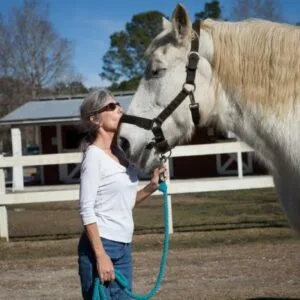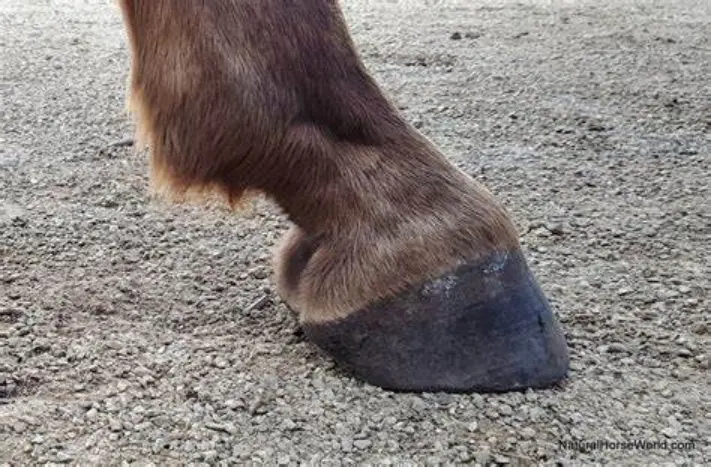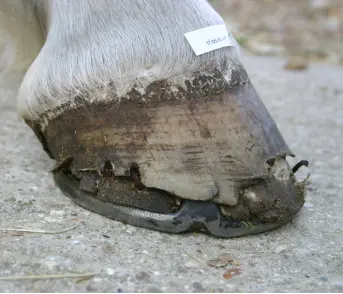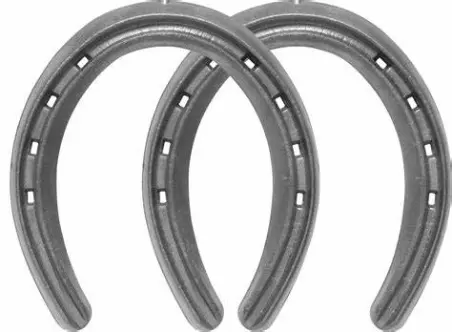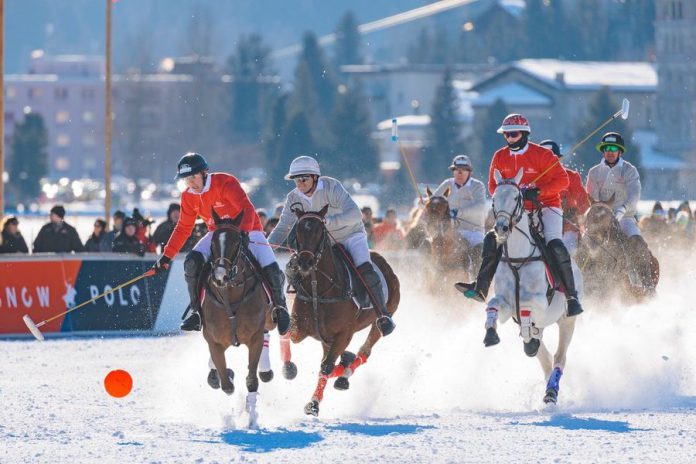Horseshoes are like sandals for the horse, made up of leather during the Roman empire, bronze in 1000 AD Europe, iron in the 14th century, or plastic and aluminium now. Horseshoes are the true underdogs when it comes to a horse’s performance, and may go overlooked by the average person. It is, however, becomes imperative to pick the right material and size of the horseshoe.
The strength of a horse comes from its legs, specifically from its hooves. The end of a horse’s leg is covered with thick keratin layers called hooves. It protects the legs from the shock of impact when they run. Equine-sport horses have to carry additional weight on their backs that put pressure on their hooves which necessitate greater care. Without proper hoof care, there is a higher risk of bacterial or fungal infection, overgrowth, and splitting, which may eventually result in fatal diseases.
The ancient Greeks added hand-sized pebbles to horses’ enclosures, Romans invented ‘Hipposandals’ or removable shoes, and Middle Age empires preferred nail-on horseshoes. Three different empires, three different types of horseshoes. Why? This is because one type doesn’t suit all. Every region has its own geographical, climatic, and commercial requirements. Therefore, it is crucial to select the appropriate horseshoes.
The different types of horseshoes available are:
Normal shoe: Simple U-shaped shoe made of steel with an open heel and smooth toe. It is best suited to reduce the pernicious effects of slippery grounds for well-moving horses, in light to medium work.
Rim shoes: Identical to normal shoes and generally made up of steel, the only differentiating factor is the fuller that extends all the way around the entire shoe and is much deeper than the one in regular shoes. This aids the horse to perform well in a variety of sports like jumping, eventing, dressage, or endurance riding on poorer surfaces. Also available in aluminum, these are used by high-level riders to reduce the weight on the horse’s feet.
Racing plates: Similar to rim shoes in terms of shape but these differ concerning the material, i.e. these are available only in aluminium which is why they are much lighter. These plates are intended for a few days’ use and are put onto racehorses just before the event.
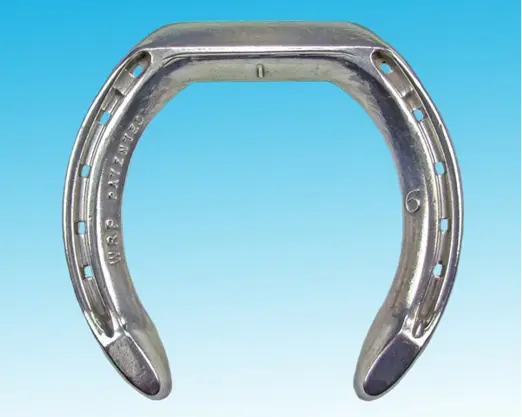
Sliding plates: These U-shaped shoes are longer and narrower, extending to the bulb of the horse’s foot. The narrower inside heel avoids any deviation from natural action. These help the horse to perform super impressive sliding stops. However, these kinds of shoes are not suitable for trail riding or jumping sports due to the poor grip of the plates. One needs to be cautioned while using these, as any carelessness can lead to the fall of the horse or the rider.
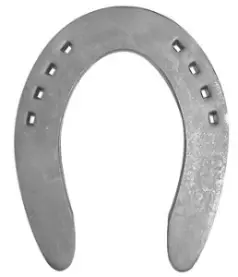
Bar shoes: Used more occasionally for remedial shoeing, these shoes are, unlike others, closed. Due to the straight bar shoes’ ability to support hoof walls, these are generally used for horses with hoof problems like quarter cracks, whereas egg bar shoes are used to support weak heels. Another, more uncommon, type of shoe is the Heart Bar shoe, used to apply pressure to the horse’s frog causing a desirable bone movement.
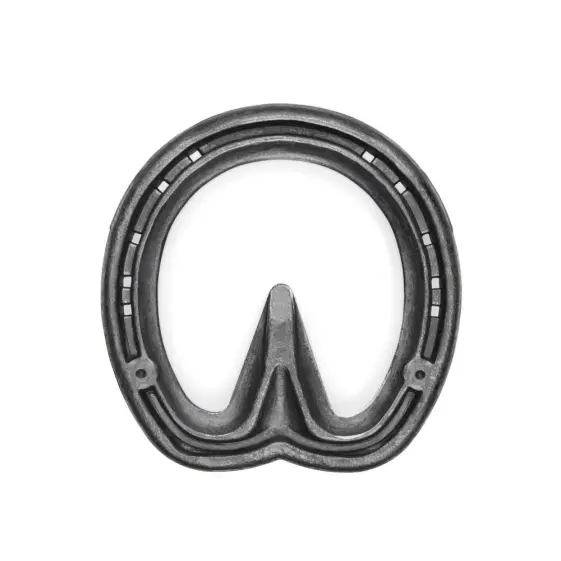
Glue-on horses: Although more expensive than normal horseshoes, these are a great option for little damaged hooves where putting a nail could be tricky. In addition, those looking for temporary hooves protection should use glue-on horseshoes because the lack of nails makes the transitioning process (from protection to barefooting) relatively easy.
Tape-on horseshoes: This is more of a temporary solution lasting 24-48 hours. Tape-on horseshoes can be made at home through duct tape. Other options can be hoof tape, vet tape, or athletic tape. These horseshoes are more useful for show jumpers because they reduce rubbing, and don’t flap around or get ripped off easily.
It is always preferable to be knowledgeable about the options available for hoof care. But never forget that the farrier is a horse’s best friend. A wide variety of horse footwear is making their way into the equestrian world. As a result, deciding which choice is best for your horse can be difficult. Consultation with your farrier is a good option.


